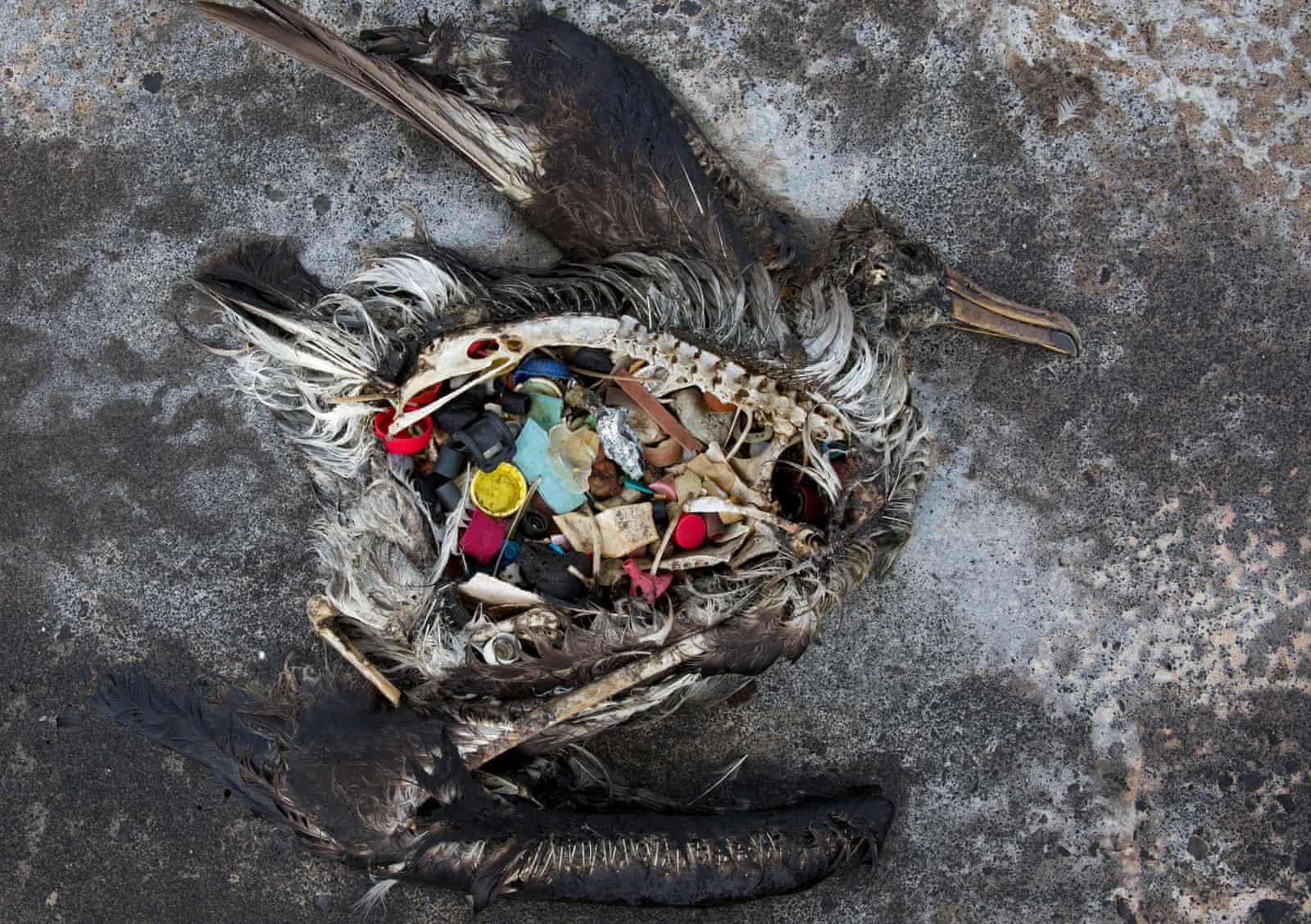In this special titleless series, we explore the methods suggested by the Food and Agricultural Organisation (FAO) to increase coffee yields through sustainable means.
The video describes 5 key points:
1. More efficient use of resources
2. Protect the environment from degradation
3. Achieving more resistant coffee crops
4. Integrate other agricultural activities
5. Governmental facilitation
Coffee farms are usually located in developing countries (figure 1). Without discounting the expansive agricultural knowledge that the natives in these countries have, new farming technologies must be taught to the native farmers in order to cultivate coffee plants that are less pollutive or adopt practices that can reduce their carbon footprint.
| Figure 1: Countries found along the coffee belt. Source: Bean Poet |
This is where (4.) comes into play. Intercropping, for example, is found to have a positive impact not only on the farmers themselves but also on the environment. In Vietnam for instance, the founder of a high-quality coffee-bean farm actively promotes intercropping as a way to create more carbon sinks, as monocropping is reported to contribute to 70% of the carbon sources in agriculture (Tartarski, 2019). This is further backed by Liu et al. (2016), whose study agreed that diversifying crops can reduce a farm's carbon footprint by up to 315%.
While "talking" is easy, doing is hard. Governmental facilitation is often needed to enforce regulations to reduce pollution throughout the coffee production network. However, such enforcements are not always effective. Coffee farming units in Karnataka for instance, are found to excrete high amounts of pulps and wastewater that are high in biological oxygen demand. Laws were passed to force these plants into adopting a wastewater treatment facility in order to continue operations. However, such intervention increases the cost of production, which induces farmers to exploit the environment in order to recoup their losses (Damodaran, 2002). While this example shows a poorly executed government regulation, hope is not lost as international pressure seem to be a more viable approach to induce positive change in plantations. For example, the farmers' initiatives to reduce chemical use and maintain good environmental conditions, in light of sanitation requirements set by trade countries (Damodaran, 2002).
To answer the overarching question, international guidelines are useful as a compass as they provide vague directions to reach the ideal destination. However, they are not maps, as they do not provide specific directives. In essence, these guidelines are useful when a country's context is considered.


No comments:
Post a Comment